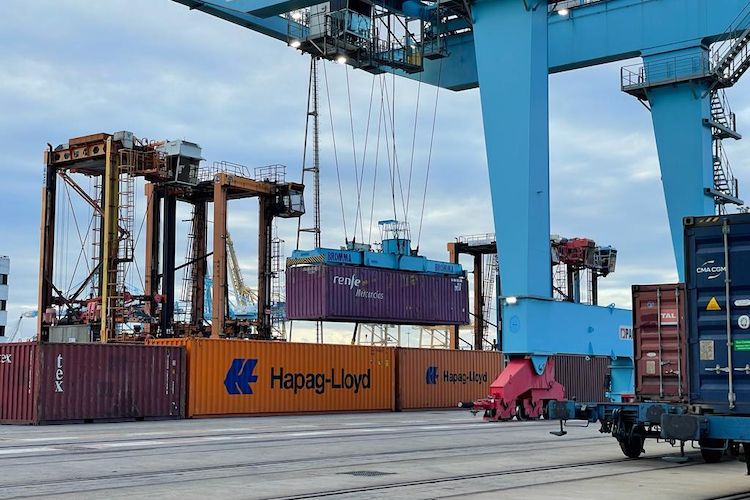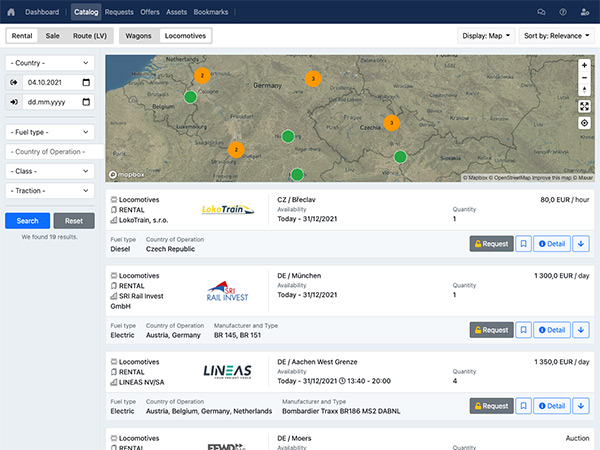RAILMARKET.com reported in August on a pilot project by the Spanish Ministry of Transport (Mitma) to test the possibility of transporting grain from Ukraine to Spain by rail. Now 25 Renfe Mercancías containers loaded with grain have arrived at the Catalan terminal Can-Tunis. "This experience provides the know-how for the development of this type of high-volume freight transport and helps to ensure the supply of raw materials in the event of accidents in ports,” commented Mitma.
However, the route was not without some complications. The train with containers arrived at the Ukrainian border in the first week of September, but the complicated situation at the crowded terminal in Chelm meant that the loading of maize did not start before 15 September. The transport of grain from Ukraine to the Polish border was itself affected by inadequate technical equipment and incompatible infrastructure. The grain cargo did not arrive from Ukraine to Poland by rail, but it was trucked. Grain had to be loaded manually on Renfe’s liner containers from the trucks. The containers had to be secured with heavy cranes to support the whole process, which brought with it many additional technical difficulties. “The conflict situation in Ukraine causes an imbalance in the usual transport and logistics chains and creates unpredictable situations that make the loading of Renfe Mercancías containers very difficult,“ added Mitma.
Despite the complicated situation in Chelm, it was possible to complete the loading of the grain into containers and start the return journey, which was carried out along the railway highway and covered approximately 2,400 kilometers. However, there have been several unforeseen problems in Western Europe as well. The return route to Barcelona included a stop in Lodz and a short stopover in Duisburg (Germany), where the train was forced to stop for more days than planned due to the strike in France, which has restricted rail traffic in the country.
The pilot project was designed to analyze the capacity and viability of rail freight transport as a complement to the sea transport of raw materials using rail highways within the European Union. If Europe is again faced with a situation of port closures and blockade of grain exports by sea, as happened this year after the Russian invasion of Ukraine, the experience of the pilot project may show how supplies of raw materials can be secured by rail. The project has shown that in the current context, long-distance rail transport requires a great deal of coordination between the different actors involved in the process, with the most complex points being the management at the terminals, as demonstrated, for example, in the loading of grain in Chelm.

